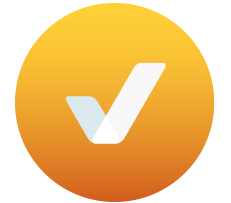Vote Solar Raises Flags on Lackluster Community Solar Proposal from California Public Utilities Commission
FOR IMMEDIATE RELEASE
Media Contact: Karli Marshall, kmarshall@votesolar.org
Vote Solar Raises Flags on Lackluster Community Solar Proposal from California Public Utilities Commission
SACRAMENTO – The California Public Utilities Commission (CPUC) could vote as early as May 9 on a proposal that would threaten access to community solar programs in California, and across the country, by claiming that the community solar program violates federal law. The CPUC is considering this decision, despite several examples of successful community solar programs in states such as New York and Illinois. Vote Solar, a national clean energy nonprofit, is calling for the issuance of a revised Proposed Decision (PD) by the CPUC in order to permit community solar programs and to allow a tariff policy for subscribers, known as the Net Value Billing Tariff (NVBT).
“Community solar allows people who cannot get rooftop solar panels, like renters and low-income households, to use clean, affordable energy,” said Andrea Leon-Grossmann, Deputy Program Director-West at Vote Solar. “The absence of a robust community solar option would deny roughly half of Californians access to clean renewable energy, electric bill savings and hinder progress toward the state’s climate goals.”
Community solar projects generate electricity from sunlight and the electricity flows through a meter to the utility grid, while project subscribers pay for a share of the electricity generated by the community solar project. Community solar provides a cost-effective solution for households, local businesses, schools, and others to go solar even if they rent, have old or shared roofs, or face financial barriers to rooftop solar.
The NVBT is a proven method meant to propel California’s community solar forward after a decade-long lag. According to an analysis from the Coalition for Community Solar Access, the NVBT could ensure California deploys multiple gigawatts of community solar and storage.
“This is a huge opportunity for the state,” said Steve Campbell, Vote Solar Regulatory Director of the West. “If the commission approves the new payment structure, the state will secure itself as a frontrunner in producing solar energy for all its residents.”
Despite generating the most solar energy in the country, 44 percent of California residents – primarily renters and impacted communities – cannot currently access clean solar energy due to the lack of a functioning community solar program in the state. Community solar can allow low-income households, renters and various communities to have access to clean energy and bring the state closer to their climate goals.

